How Much Do New Paint Jobs Cost for Cars
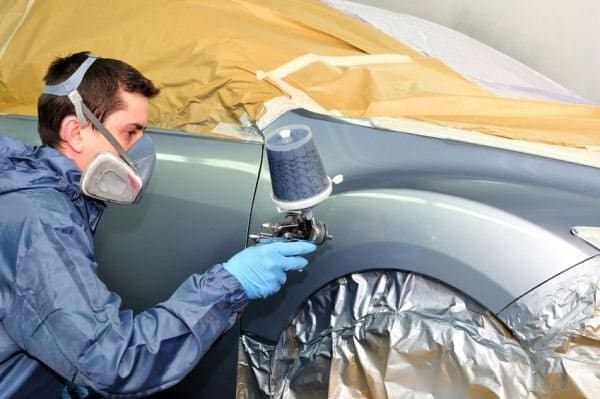
There are lots of reasons why someone would want to paint their car. Maybe it's lost its luster. Or, perhaps you get into a minor accident and have some unsightly dents and dings in your car. Some people who are looking to sell their car privately decide to paint it first because it can add a lot of value to the vehicle.
Now, if you're looking to trade your car into a dealership, you don't want to waste the money painting it. They aren't going to give you much more for a car with a fresh paint job than they will if you leave it as it. This only makes a real difference if you're going to sell it locally to a private buyer. If this is the case, you may be able to increase the value of your car by as much as $500-$1,000.
When it comes to painting your car, you have a few decisions to make, such as:
- Do you want to do it yourself or hire a professional?
- If you hire someone to do it, do you use a body shop or the dealership?
- How much do you want to spend?
- What kind of quality are you looking for?
All of these things will impact the price of your paint job. If you're looking to repaint your car, then you should read this. We'll talk about the different types of paint. We'll also talk about the 4 different types of paint jobs. Finally, we'll look at whether it's a good idea to try this yourself or hire someone to do the job. (Hint: It is almost never a good idea to try to paint your car yourself!)
What are the Different Kinds of Paint?

Before we talk about the prices of your paint job, we need to look at the different types of paint. This is important whether you're doing it yourself (again, not a good idea) or hiring someone else to do it for you.
Regardless of what sort of paint you choose, you want to make sure you use a good primer first. Do you remember back in the 1970s and 80s when you'd see a car in a flat black or gray color? That is what primer looks like. It's the layer of paint that goes on before anything else.
Primer is what makes the other layers of paint stick to your car. Without a primer, the paint simply isn't going to adhere to your car. This will cause it to bubble. You'll also be able to see every defect in the paint job. The primer also protects your car from rust and oxidation. Over time, especially in salty climates, your paint will rust. Having a good primer will prevent – or, at least help prevent – this from happening.
Primer comes in a dark grey or black color. The point of using primer is not to match the color of your car – it's to prepare your car for the next step in your paint job.
Base Coat
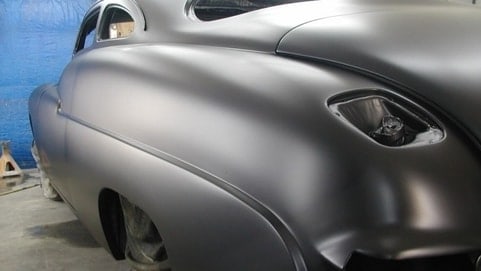
Once your primer has been put on and sanded down, you're ready to apply your base coat. This is just like you would do if you were painting your fingernails. It is actually the same color as the color you're painting your car. It doesn't strengthen or harden the paint on your car, however, it does serve as the raw paint for your vehicle.
Once the base coat is on, you'll still see blemishes. It will also let the moisture in. That's why it's usually used with a clear coat or other finish. It's best to use a base coat with urethane. This will protect your paint, primer and frame.
Clear Coat
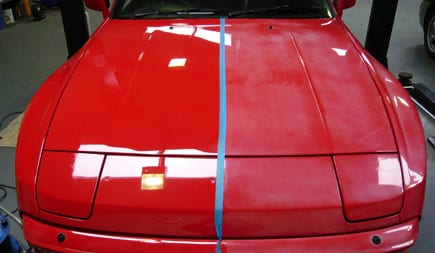
This is the finishing coat on your car. It doesn't have any color or pigment to it. Again, the best way to explain it is to compare it to painting your nails or furniture. The clear coat is what makes your car's paint job nice and shiny. There are also special chemicals in there that help the paint adhere to your car.
Most clear coats contain UV inhibitors to help your car's color from fading. It also helps keep your paint job shiny for years to come.
Acrylic Lacquer
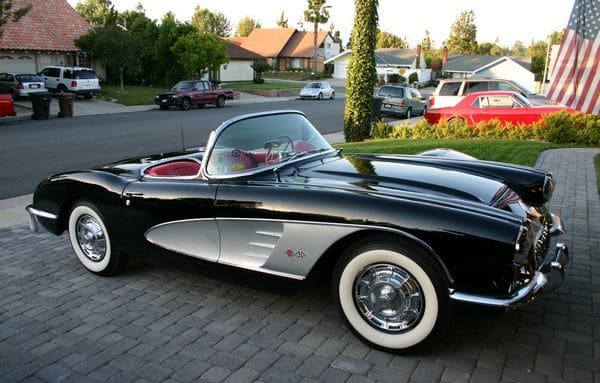
For the most part, acrylic lacquers have been discontinued by most auto manufacturers. It just became unpopular over the years. It is still used when you want to paint your antique car though. If you have an older car, made of heavy metal, than an acrylic lacquer is a good idea. They don't offer a lot of protection. However, for classic cars, that isn't a big deal. People don't drive their antique cars every day so they aren't exposed to the same harsh elements as other cars.
If you're going to use an acrylic lacquer, it's a good idea to mix it with paint thinner. This way, you can use it in a spray paint machine. Otherwise, this kind of paint is very thick and has a glue-like feel. It doesn't spread well if it's not thinned out. And, you don't want to apply this kind of paint with a brush. Spray paint is the way to go. This gives you a nice even, smooth finish.
Specialty Paint
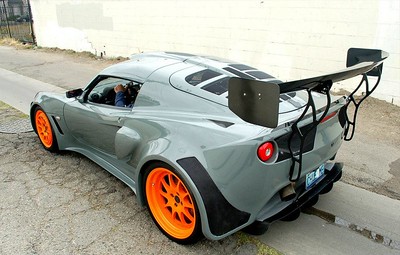
In addition to all of the paints described above, there are also specialty paints you can use. There are three (3) main types:
- One-Stage: This is used on older, classic cars. There is just one layer. This is great because it can be done faster (and cheaper) than other premium paint jobs. However, it doesn't offer a lot of protection for your car. There is no base and there is no clear coat.
- Metallic: This sort of paint is popular with high-performance vehicles. People who like to show off their cars or enter the into car shows tend to favor metallic paints. All it really does is jazz up an otherwise ordinary paint job.
- Chameleon: This sort of paint became popular in the 1990s. It allows the car's color to actually change in different lights. For example, when Pontiac still made cars, they offered a dark green color that looked black from one angle and green from another.
Specialty paints are always going to cost more than normal paint. However, if you have a classic or show car, you'll probably be more willing to spend this kind of money on your paint job. They're typically not recommended for a traditional paint job.
Why Do People Like to Paint their Cars?
There are all sorts of reasons why someone would want to paint their car. We talked about a few of them earlier. Here, we'll go into more detail as to why someone would want to pain their car.
Fading
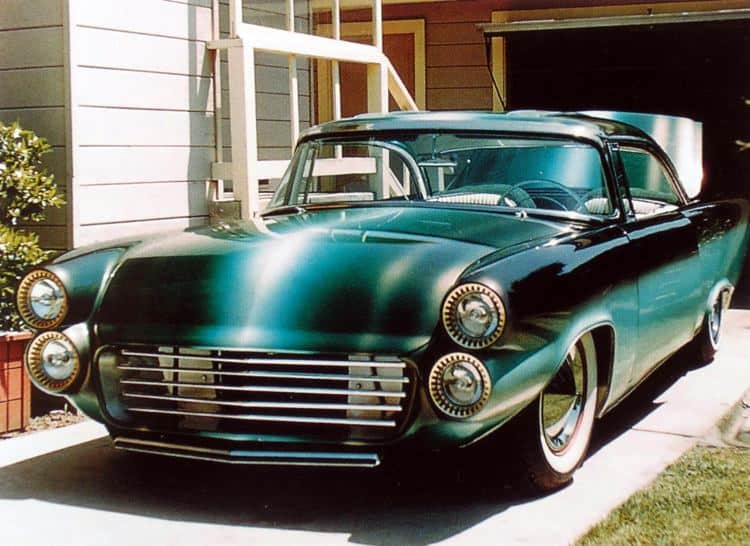
If the paint on your car is fading, you may want to freshen it up with a nice, new paint job. After several years of sun and salt, your car may start to look dull. And, sometimes, no matter how often you wax your car, it still looks flat. Getting a new paint job can take years off your car's appearance. It also makes it look a lot nicer than it did before the paint job.
Selling Your Car
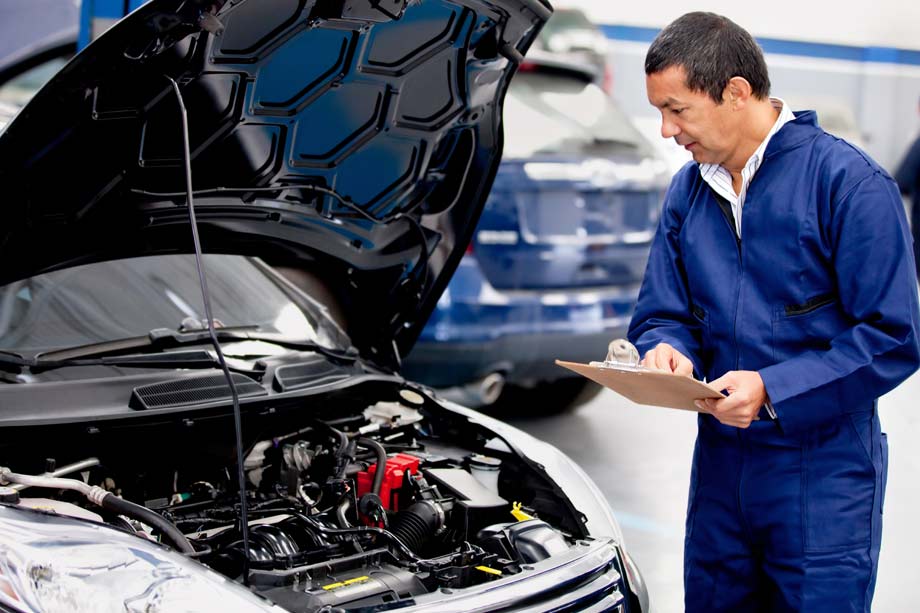
If you're putting your car on the market, you're going to want to get the best price. This means you want your car to look as nice as possible. When you post pictures of your car on Facebook or Craigslist, you want it to attract buyers. One way to do this is to invest in a new paint job. If you are selling your car, you won't want to spend a ton of money. You could probably make do with a basic paint job for under $1,000.
Aesthetics
You may want to get your car painted because you just want it to look good. You drive your car all the time. You don't want people looking at your car and thinking you don't take care of it. You also want it to look shiny and new for as long as possible. If you plan to keep your car for a few more years, you'll want to invest in a decent pay job. For example, you can get a preferred or premium paint job for anywhere from $1,000 to $3,500.
Accident
If your car was involved in any sort of accident, you might want to get a new paint job. Not only will it make your car look better, but it can increase the value of your car. If you do decide to sell it, you don't want it to be obvious that you were in an accident. You can't lie about your car's accident history. However, you still want to get as much money as possible. Painting your car can increase it's value by at least $500-$1,000.
So, What Will it Cost to Paint Your Car?
If you are definitely going to get your car painted, you need to know what it'll cost. A new paint job isn't covered by your insurance unless you were in a covered accident. You can talk to almost any mechanic and they'll tell you that a good paint job will run you about $1,300. Here is a breakdown of the different prices for paint jobs, based on what kind of money you want to invest.
Basic Paint Job
This will run you about $300-$900. It averages at about $566. Don't expect much more here than a single coat of paint. You may still see minor dents with this sort of paint job.
Mid-Level Paint Job
If you have a couple of thousand to spend on your car, you'll want a mid-level paint job. This will cost anywhere from $1,000 to $3,500. The average price for a mid-level paint job is about $1,300. This will include higher quality paint as well as minor buffing.
High-Quality Paint Job
This kind of paint job is going to cost you a pretty penny. They usually run anywhere from $2,400 to $7,500. The average price for this kind of paint job is $5,000. Not many people can afford to put out this kind of money for a paint job. In fact, for $5,000 you can buy a used car. Or, you'll have a decent down payment for a new vehicle.
When looking to get your car repainted, keep in mind that color matters. For example, it will cost about $100 per gallon for white paint. However, if you want red or yellow, it's going to cost more like $250 per gallon.
You can also get small jobs, like a touch-up, for $150-$300. This will help take care of small chips and scratches. They'll be compounded, buffed and covered with a fresh coat of paint.
What are the 4 Main Types of Paint Jobs?
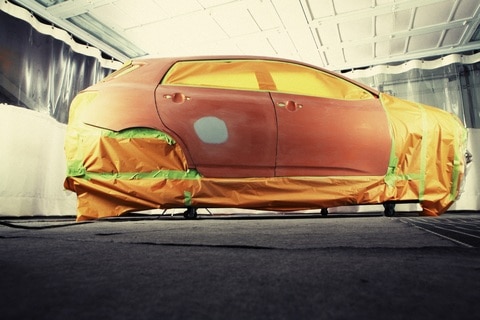
There are really just 4 main types of paint jobs. You can call just about any body shop and they'll tell you the same thing. And, if you intend to take your car to a dealership, understand this – most dealerships outsource a paint job to a third-party anyway. So the same rules will apply.
Basic
If you get a basic paint job, you're going to get a single-stage enamel paint job. This usually comes with a 1-year warranty. It will provide your car with a nice gloss and color matching.
Preferred
This is also a single-stage application of paint. However, it uses urethane paint which will help protect your vehicle. This is more resistant and typically comes with a 3-year warranty.
Premium
If you have a bit more money to spend, you might want to go with a premium paint job. This will be done in two stages. You get the nice glossy finish you crave along with a urethane sealer. These paint jobs usually come with a 5-year warranty.
Platinum
Unless you have a high-performance vehicle or a very expensive car, you wouldn't want to opt for a platinum paint job. Not only is it expensive – but it is time-consuming. This paint job takes care of any light chips or dents. It also offers a high-quality primer and sanding. They will use a urethane sealant as well. This comes with a 5-year warranty as well.
Should You Use a Dealership, Body Shop or Do it Yourself?
As we have said a few times in this article, it is never a good idea to try to repaint your own car. Most people do not have the tools or the knowledge to do this. And, if you screw it up, you'll be spending thousands of dollars to get it fixed. You're better off investing this money into a quality paint job in the first place.
As for whether to use an auto shop or the dealership, it's 6 of one, half a dozen of the other. Dealerships typically outsource this kind of work. And, they'll probably charge a lot more than a body shop. It's a good idea to call around and see what the price is at a few different places. Pick one in the middle and set up your appointment.
Some Final Tips
If you're thinking about getting your car repainted, there are a few things to keep in mind. These tips will come in handy when you take your car to get it painted.
- It takes time – Don't expect to get your car back the same day. It can take days or weeks to get a quality paint job.
- A new paint job doesn't fix everything – While a paint job will make your car look better, it won't solve all your problems. If you have a lot of cosmetic damage to your car, a paint job will not fix that.
- Value – A new paint job will add value to your car. So, it's never really a bad idea to do this.
How Much Do New Paint Jobs Cost for Cars
Source: https://carcody.com/how-much-does-it-cost-to-repaint-a-car/
0 Response to "How Much Do New Paint Jobs Cost for Cars"
Post a Comment